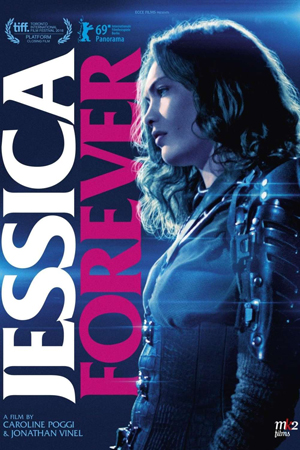 My first movie on July 30 was the first feature by two French directors of independent short films, Caroline Poggi and Jonathan Vinel. Jessica Forever, which the duo wrote as well as directed, is set in a near future in which disaffected and violent youth, mostly male, roam empty suburbs. The law hunts them down with killer drones, and the movie opens with a cloud of drones after one man, Kevin (Eddy Suiveng), who has squatted in an empty house. He’s saved from the law by a mysterious woman named Jessica (Aomi Muyock) and her squad of young men, who welcome Kevin into the fold.
My first movie on July 30 was the first feature by two French directors of independent short films, Caroline Poggi and Jonathan Vinel. Jessica Forever, which the duo wrote as well as directed, is set in a near future in which disaffected and violent youth, mostly male, roam empty suburbs. The law hunts them down with killer drones, and the movie opens with a cloud of drones after one man, Kevin (Eddy Suiveng), who has squatted in an empty house. He’s saved from the law by a mysterious woman named Jessica (Aomi Muyock) and her squad of young men, who welcome Kevin into the fold.
Various bonding scenes follow, but the emotions of the group are odd: muted, to the extent they exist at all. The young men, each in their late teens or twenties, sleep in one room. All worship Jessica. Kevin makes a smooth transition to becoming one of them, training with them in the use of weapons and force. Then another flock of drones approaches, and there’s a surprising death, and the survivors have to flee. They end up on an island, where history risks repeating itself: some members of the group get too close to the locals. Will they find new allies? Or pull the attention of the authorities down on their heads?
The first thing to say about the movie is that it looks lovely. Images are nicely composed, the camera mostly still (it struck me at one point that it seemed to move more when Jessica was in frame, but I wouldn’t swear to that). There’s a kind of sterile perfection in the images of rich estates and partly-green suburbs, emphasised by the lack of people — we see cars and trucks in the distance, see a mall with passersby in it, meet a community on the island where Jessica’s group ends up, but mostly the world is empty of outsiders, of passersby or neighbours. There is a solitude here; a silence and a stillness.
Along with that there’s an affectlessness to both the characters and actors. There’s a blankness to them that’s maybe less an absence of emotion than an absence of a certain kind of social convention. You don’t know how to read them. This all fits perfectly well with the film’s set-up: these are young men gone wild, grown up outside of family or community, learning how to interact with each other. Their only guide, their teacher and parent, is Jessica. Who she is, and why she is gathering these men, is not explained; this is not the sort of film that explains these things. The important thing is that her relationship to her followers comes through, and for the most part it does.
I would go so far as to say that one of the most intriguing aspects of the film is the way it depicts its characters. These youths are convincingly violent, and many of them have done terrible things. But they don’t act the way this sort of character acts in virtually every other movie set in the contemporary world. These aren’t tough-guy hard men trying to assert dominance by busting each others’ balls. They’re quiet, if not reflective, and give each other space and respect. There’s a kind of alternative masculinity to these men, strong and capable of violence but not brutal.
…
Read More Read More
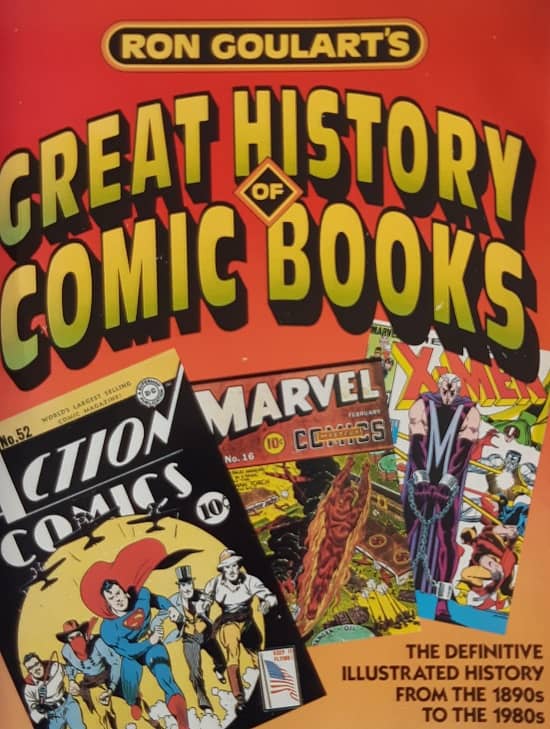
 My first movie on July 30 was the first feature by two French directors of independent short films, Caroline Poggi and Jonathan Vinel. Jessica Forever, which the duo wrote as well as directed, is set in a near future in which disaffected and violent youth, mostly male, roam empty suburbs. The law hunts them down with killer drones, and the movie opens with a cloud of drones after one man, Kevin (Eddy Suiveng), who has squatted in an empty house. He’s saved from the law by a mysterious woman named Jessica (Aomi Muyock) and her squad of young men, who welcome Kevin into the fold.
My first movie on July 30 was the first feature by two French directors of independent short films, Caroline Poggi and Jonathan Vinel. Jessica Forever, which the duo wrote as well as directed, is set in a near future in which disaffected and violent youth, mostly male, roam empty suburbs. The law hunts them down with killer drones, and the movie opens with a cloud of drones after one man, Kevin (Eddy Suiveng), who has squatted in an empty house. He’s saved from the law by a mysterious woman named Jessica (Aomi Muyock) and her squad of young men, who welcome Kevin into the fold.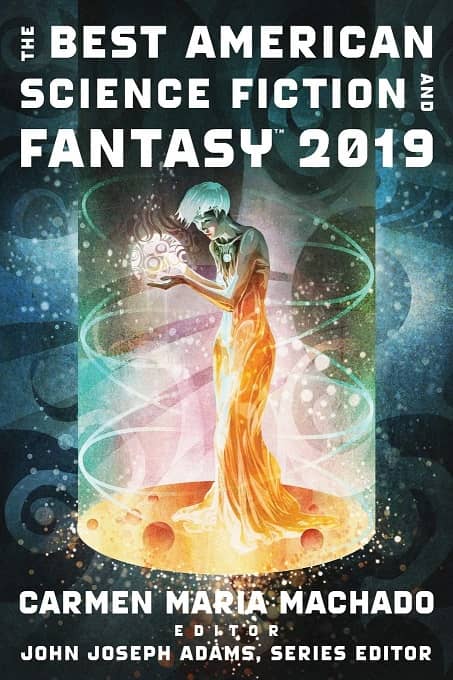
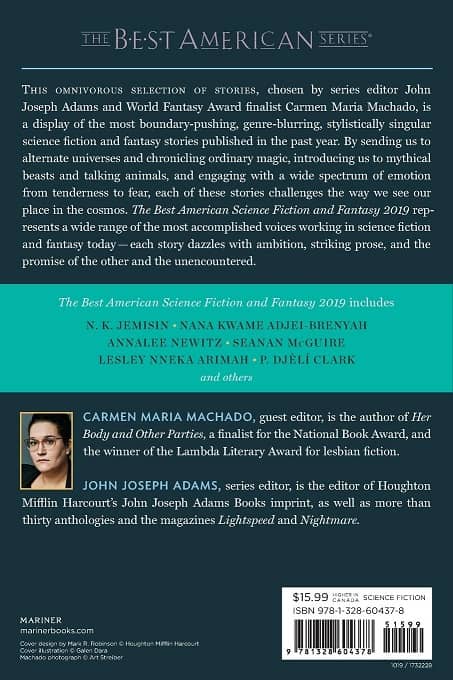
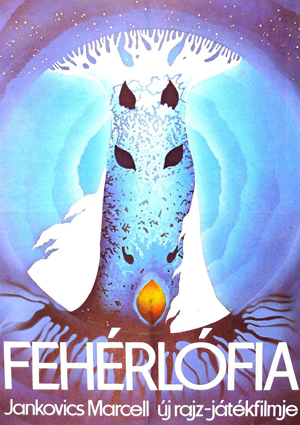 The last of the four movies I had on my schedule for July 29 promised to be interesting on any number of levels. Son of the White Mare (Fehérlófia) is an animated film made in 1981 by Hungarian Marcell Jankovics, directed by him from a script he wrote with László György. It’s based on the work of poet László Arany and folktales of the Magyars and Avars; Jankovics, who has published 15 books on comparative mythology, picked and chose from among the various versions of the tale to create what he wanted — a weird, protean, eye-popping, archetypal light show.
The last of the four movies I had on my schedule for July 29 promised to be interesting on any number of levels. Son of the White Mare (Fehérlófia) is an animated film made in 1981 by Hungarian Marcell Jankovics, directed by him from a script he wrote with László György. It’s based on the work of poet László Arany and folktales of the Magyars and Avars; Jankovics, who has published 15 books on comparative mythology, picked and chose from among the various versions of the tale to create what he wanted — a weird, protean, eye-popping, archetypal light show.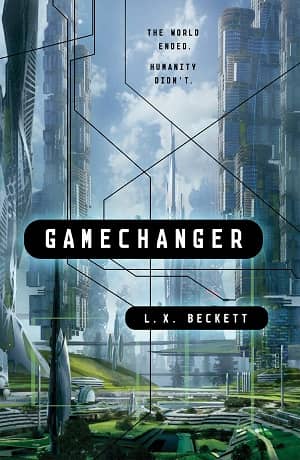
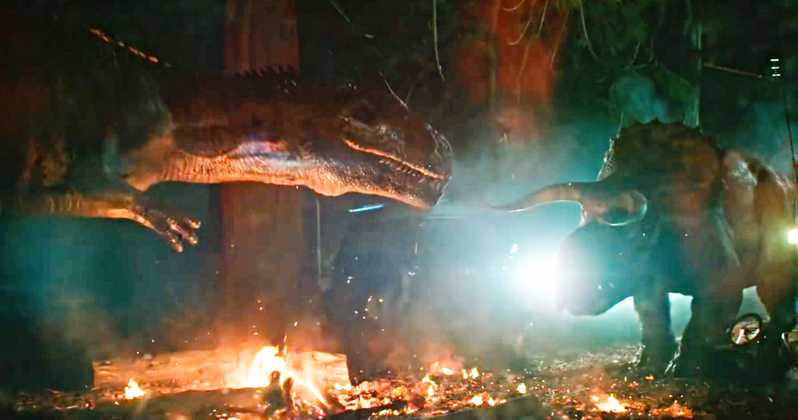
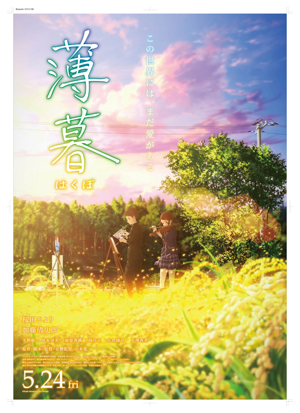 My third screening on July 29 was a double-feature at the De Sève Cinema of two animated movies, a long short and a short feature. “A Japanese Boy Who Draws” (ある日本の絵描き少年) is 20 minutes long. Twilight, which I immediately came to think of as (Not That) Twilight (and in fact some places online translate the title 薄暮, Hakubo, as Project Twilight), is 53 minutes long. They’re both slice-of-life films about young people in Japan making art, but are otherwise very different narratively and visually. Which is to say they have enough in common and enough contrast to make a fine double bill.
My third screening on July 29 was a double-feature at the De Sève Cinema of two animated movies, a long short and a short feature. “A Japanese Boy Who Draws” (ある日本の絵描き少年) is 20 minutes long. Twilight, which I immediately came to think of as (Not That) Twilight (and in fact some places online translate the title 薄暮, Hakubo, as Project Twilight), is 53 minutes long. They’re both slice-of-life films about young people in Japan making art, but are otherwise very different narratively and visually. Which is to say they have enough in common and enough contrast to make a fine double bill.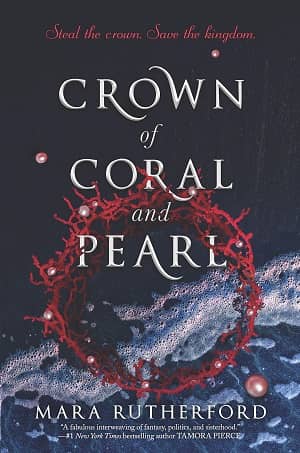
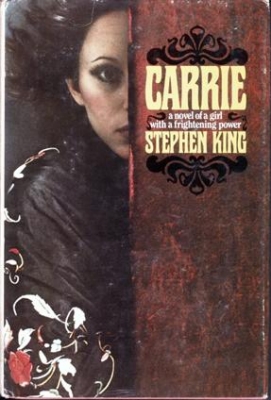

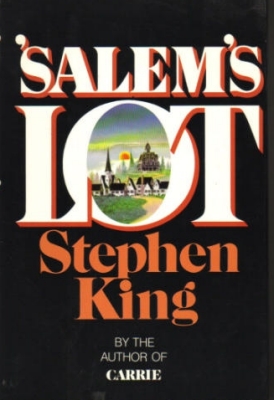
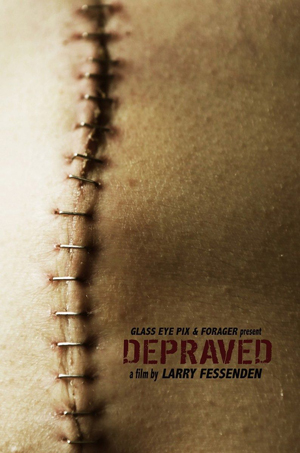 One of the things that most fascinates me about film is the way Frankenstein is at least as important in that medium as it is in prose. Obviously this importance is most visible in genre film, but it’s there one way or another in the mainstream too — consider Gods and Monsters. From at least 1910, when the story was adapted into a then-epic ten-minute movie, through the tremendously important 1931 Boris Karloff version, it’s a story that’s haunted cinema. One way or another the tale or the monster comes up regularly at Fantasia, whether in Guillermo del Toro
One of the things that most fascinates me about film is the way Frankenstein is at least as important in that medium as it is in prose. Obviously this importance is most visible in genre film, but it’s there one way or another in the mainstream too — consider Gods and Monsters. From at least 1910, when the story was adapted into a then-epic ten-minute movie, through the tremendously important 1931 Boris Karloff version, it’s a story that’s haunted cinema. One way or another the tale or the monster comes up regularly at Fantasia, whether in Guillermo del Toro